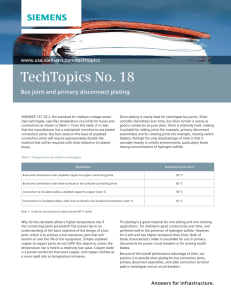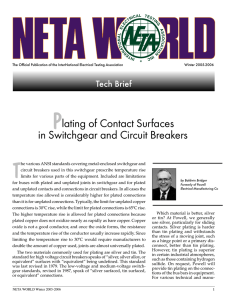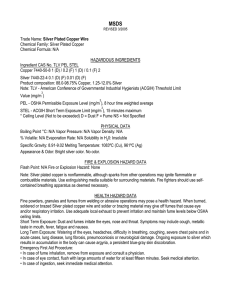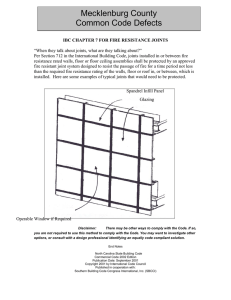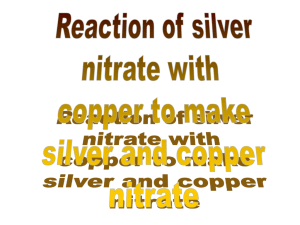TechTopics
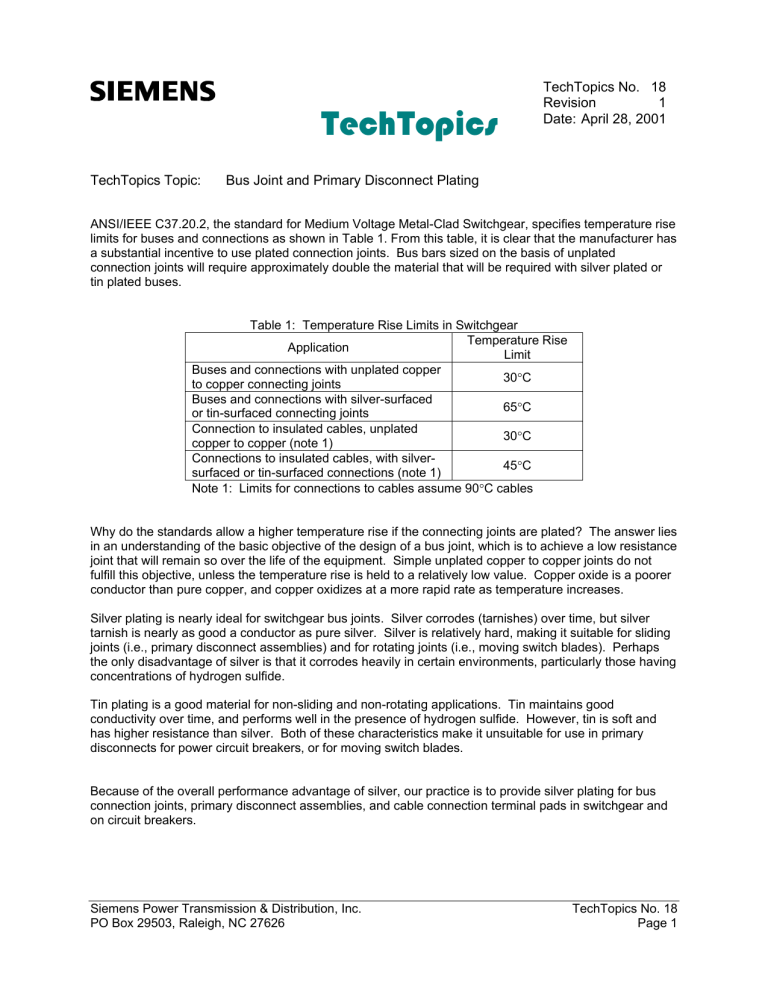
TechTopics
TechTopics No. 18
Revision 1
Date: April 28, 2001
TechTopics Topic: Bus Joint and Primary Disconnect Plating
ANSI/IEEE C37.20.2, the standard for Medium Voltage Metal-Clad Switchgear, specifies temperature rise limits for buses and connections as shown in Table 1. From this table, it is clear that the manufacturer has a substantial incentive to use plated connection joints. Bus bars sized on the basis of unplated connection joints will require approximately double the material that will be required with silver plated or tin plated buses.
Table 1: Temperature Rise Limits in Switchgear
Application
Temperature Rise
Limit
Buses and connections with unplated copper to copper connecting joints
Buses and connections with silver-surfaced or tin-surfaced connecting joints
30
65
°
°
C
C
Connection to insulated cables, unplated copper to copper (note 1)
30 ° C
Connections to insulated cables, with silversurfaced or tin-surfaced connections (note 1)
45 ° C
Note 1: Limits for connections to cables assume 90 ° C cables
Why do the standards allow a higher temperature rise if the connecting joints are plated? The answer lies in an understanding of the basic objective of the design of a bus joint, which is to achieve a low resistance joint that will remain so over the life of the equipment. Simple unplated copper to copper joints do not fulfill this objective, unless the temperature rise is held to a relatively low value. Copper oxide is a poorer conductor than pure copper, and copper oxidizes at a more rapid rate as temperature increases.
Silver plating is nearly ideal for switchgear bus joints. Silver corrodes (tarnishes) over time, but silver tarnish is nearly as good a conductor as pure silver. Silver is relatively hard, making it suitable for sliding joints (i.e., primary disconnect assemblies) and for rotating joints (i.e., moving switch blades). Perhaps the only disadvantage of silver is that it corrodes heavily in certain environments, particularly those having concentrations of hydrogen sulfide.
Tin plating is a good material for non-sliding and non-rotating applications. Tin maintains good conductivity over time, and performs well in the presence of hydrogen sulfide. However, tin is soft and has higher resistance than silver. Both of these characteristics make it unsuitable for use in primary disconnects for power circuit breakers, or for moving switch blades.
Because of the overall performance advantage of silver, our practice is to provide silver plating for bus connection joints, primary disconnect assemblies, and cable connection terminal pads in switchgear and on circuit breakers.
Siemens Power Transmission & Distribution, Inc.
PO Box 29503, Raleigh, NC 27626
TechTopics No. 18
Page 1
As an option, we can provide tin plating of main bus connecting joints and cable connection terminal pads in the switchgear stationary structure. Primary disconnect assemblies and all plated connections on circuit breakers remain silver plated. Silver plated surfaces should be coated with Siemens electrical contact lubricant to provide a degree of protection from harsh environments, such as those including hydrogen sulfide.
In order to maintain low resistance connections over the life of the equipment, a few basic maintenance concepts should be observed:
• Keep bus connections clean
• Do not use abrasives (e.g., scouring pads, wire brushes, no-oxide grease) to clean plated surfaces
• In all environments, keep sliding or moving surfaces lubricated with a thin film of Siemens electrical contact lubricant
• In severe environments, keep all silver plated surfaces lubricated with a thin film of Siemens electrical contact lubricant
• Keep bolted joints tight
T. W. (Ted) Olsen
Manager, Technology
Siemens Power Transmission & Distribution, Inc.
PO Box 29503, Raleigh, NC 27626
TechTopics No. 18
Page 2
